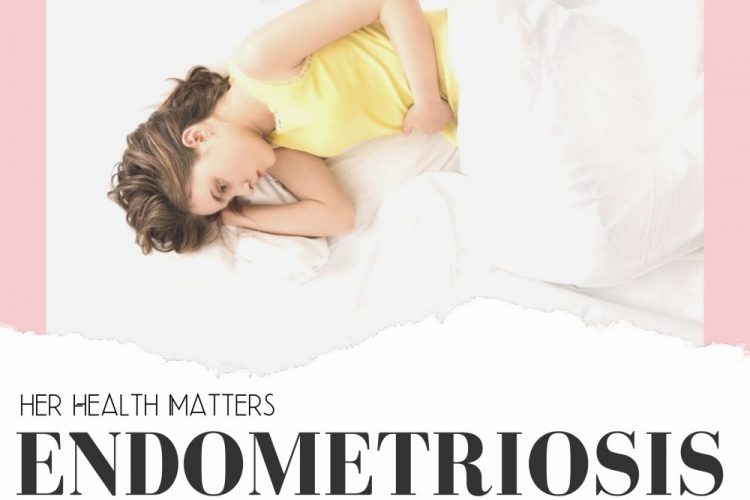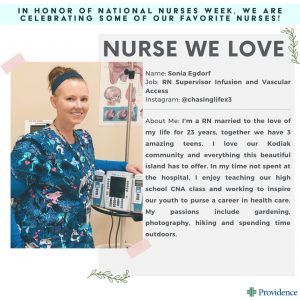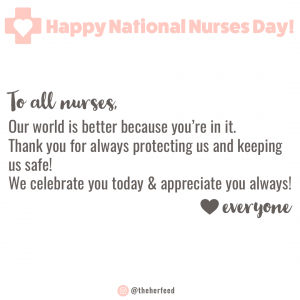Her Health Matters: Endometriosis
- Health & Wellness
- Aug 15, 2019
I’m so excited to launch this new series on women’s health here on HerFeed. HerHealthMatters is a little bit of a play on words with a double meaning. It represents the importance of a woman’s health and the subject of topics this series covers (women’s health). We couldn’t do this alone (nor would I try) so we’ve partnered with Providence St. Joseph Health to provide us with the information, education and support for this weekly series.

Our first topic is Endometriosis, a disorder that affects millions of women worldwide.

WHAT IS ENDOMETRIOSIS?
Endometriosis, sometimes called “endo,” is a common health problem in women. It gets its name from the word endometrium, the tissue that normally lines the uterus or womb. Endometriosis happens when the endometrium (tissue that behaves like the lining of the uterus) grows outside of the uterus and in other areas of the abdominal cavity, such as the ovaries, fallopian tubes, or outer surface, where it doesn’t belong. It still acts like it’s inside during your menstrual cycles, so at the end of your period, this tissue will break apart and bleed. But it has no place to go. This causes pain and cramping, which can sometimes be severe, especially during your period. It can also create complications with fertility and when you want to have a baby.

FACTS ABOUT ENDOMETRIOSIS:
- The most common symptoms of endometriosis are pain and infertility.
- Symptoms include menstrual cramps, pelvic pain, paid during sexual intercourse, and pain during defecation and urination.
- Endometriosis is sometimes mistaken for other conditions that can cause pelvic pain, such as pelvic inflammatory disease (PID) or ovarian cysts. It may be confused with irritable bowel syndrome (IBS), a condition that causes bouts of diarrhea, constipation and abdominal cramping. IBS can accompany endometriosis, which can complicate the diagnosis.
- The hormone estrogen exacerbates the symptoms of endometriosis, so there are several kinds of estrogen-suppressing medications that are used to shrink the lining of the uterus and any lesions that have formed on that lining.

ENDOMETRIOSIS STATISTICS:
- If you or someone you know has endometriosis, please be assured that you are absolutely NOT alone. There are so many women out there suffering from this disorder, too.
- Endometriosis affects an estimated 1 in 10 women in the world (176 million women) between the ages of 15-49.
- In the US, 1 in 20 women (or 13.6 million women) have endometriosis
- Women have a higher risk of developing endometriosis if their mother or sister is affected.
- 30 to 50 percent of women suffering from endometriosis experience infertility.

COMMON SYMPTOMS OF ENDOMETRIOSIS:
For anyone who doesn’t have endometriosis, it might be hard to imagine the pain someone with this disorder faces. If you have ever had a bad, painful period — multiply that by 10 or more — it simply can be debilitating. Here are the most common symptoms of this disorder.
PAINFUL PERIODS (DYSMENORRHEA): Pelvic pain and cramping may begin before your period and continue several days into your period. Some women describe this period-related pain as far worse than usual and increasing over time.
PAIN IN YOUR PELVIC AREA, BELLY OR LOWER BACK: You may experience pelvic, lower back, or belly pain during your period or, sometimes, longer term (chronically).
PAIN DURING OR AFTER SEX (DYSPAREUNIA): This pain may feel deep and often changes depending on sexual position and where you are in your menstrual cycle.
EXCESSIVE BLEEDING: You may have occasional heavy periods (menorrhagia) or heavy bleeding between periods (menometrorrhagia). You might also experience spotting between periods.
DIFFICULTY GETTING PREGNANT (INFERTILITY): Endometriosis is first diagnosed in some women who seek treatment for infertility.
PAIN WITH BOWEL MOVEMENTS OR URINATION: You’re most likely to experience these symptoms during your period.
FATIGUE AND DIGESTIVE SYMPTOMS: Other symptoms can include fatigue, diarrhea, constipation, bloating or nausea, especially during your menstrual periods.

ENDOMETRIOSIS MYTH:
TRUE OR FALSE. “The more painful it is, the worse my endometriosis is.”
False. The severity of pain isn’t necessarily a reliable indicator. You can have endometriosis with severe pain, or you could have advanced endometriosis with little or no pain.

DIAGNOSIS AND TREATMENT:
Endometriosis is a chronic condition with no cure BUT this doesn’t mean the condition has to impact your daily life. Effective treatments are available to manage pain and fertility issues, such as medications, hormone therapy, and surgery.
DIAGNOSIS: Your doctor (likely your obstetrician/gynecologist (OB/GYN) will be the doctor that will give you an endometriosis diagnosis.
TREATMENT: An obstetrician/gynecologist (OB/GYN) will create an individualized plan to take into account the clinical presentation, symptom severity, disease extent and location, reproductive desires, patient age, medication side effect surgical complication rates and cost.
Some treatments options include:
-
- Hormonal therapy
- Non-steroidal anti-inflammatory medications
- Oral contraceptives: Vaginal ring or birth control patch
- Progesterone (a female hormone) or progestins (drugs that mimic the behavior of progesterone)
- GnRH (gonadotropin-releasing hormone) agonist
- If needed, surgery begins with an exploratory laparoscopy
For more information about endometriosis, please click here.
About Providence St. Joseph Health
At Providence St. Joseph Health, our mission calls us to be agents of radical change for health. We’re to be a source of healing love and a beacon of hope … in the world, within each of the communities. We believe everyone deserves a chance to lead the healthiest life possible. That’s why we’re continuously innovating to create access for all and foster healthier communities. We believe that to make the greatest impact we need to leverage the assets of our organization in partnership with other organizations of goodwill that are directly addressing fundamental needs better served outside of a clinical care setting. Improving the health of our communities is fundamental and a commitment rooted deeply in our heritage and purpose.
Disclaimer: All information, content, and material of this website is for informational purposes only and are not intended to serve as a substitute for the consultation, diagnosis, and/or medical treatment of a qualified physician or healthcare provider.
MEDICAL EMERGENCY
If you have a medical emergency, call your doctor or 911 immediately.



